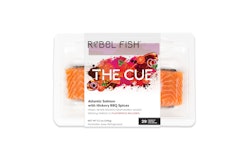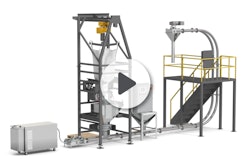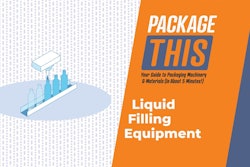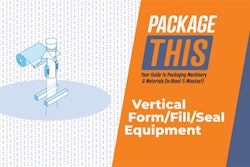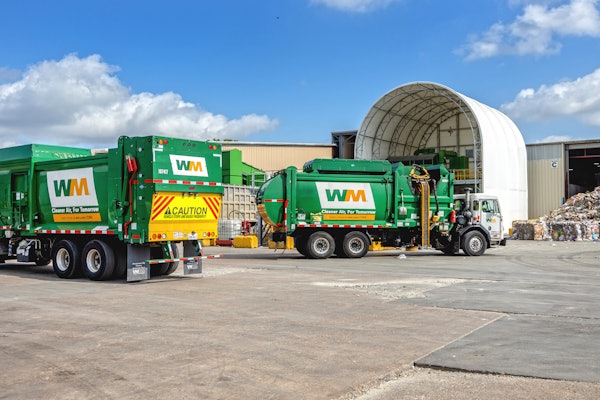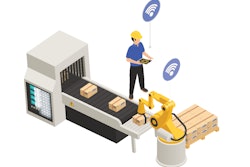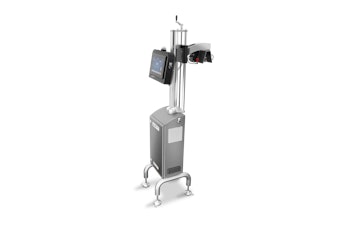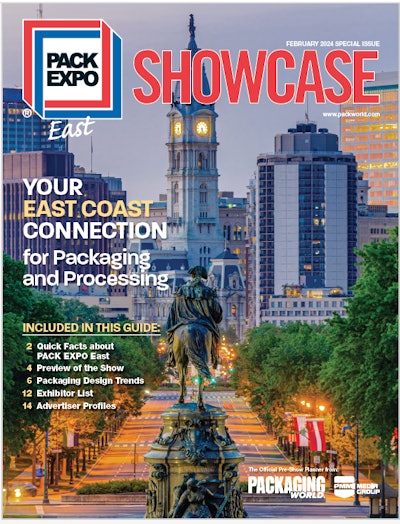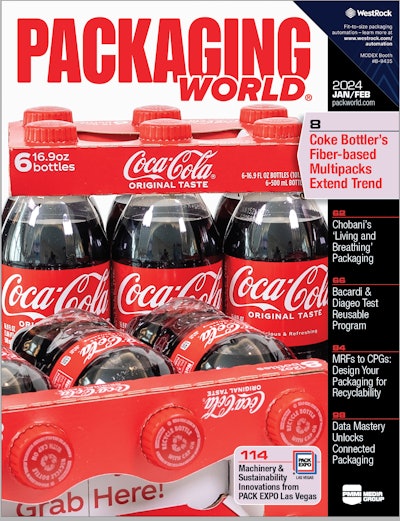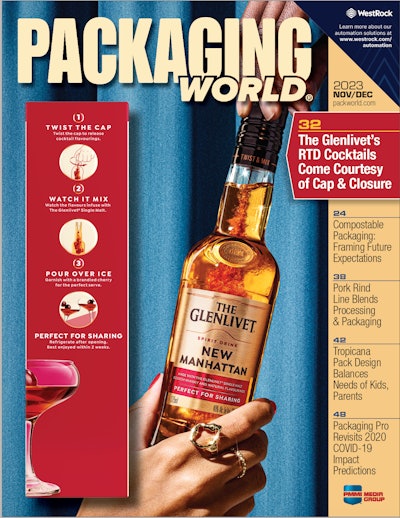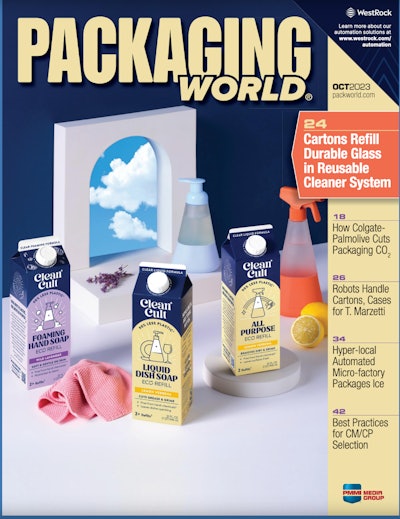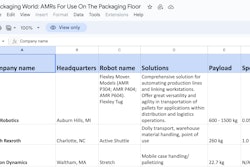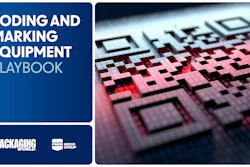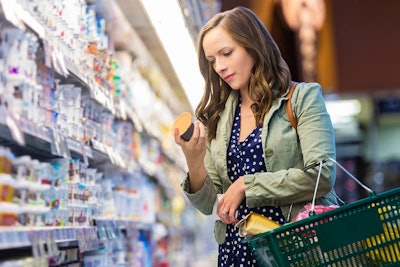
“Exercise advice on food labels could help reduce obesity, researchers say.” That was the headline on CNN back on December 11.
Wow! Great idea. Telling a consumer, “you will have to walk for 40 minutes to burn off this snack,” sounds really interesting. My initial reaction was, “this might make me skip the candy.”
Physical Activity Calorie Equivalent (PACE) labels, according to the article, “could, on average, cut calorie consumption by up to 200 calories per person per day, according to researchers, whose work is published in the Journal of Epidemiology and Community Health.”
According to the article, current labels with existing calorie and nutrition information in the U.K. have not contributed to fighting obesity.
From CNN: “The team looked at data from 14 studies that examined the effectiveness of PACE labeling in reducing calorie consumption. They found that PACE labeling is more effective than no labeling, but was no more effective than calorie-only labeling.
Wait a minute. PACE labeling more effective than no label, but no more effective than current calorie labels? Where exactly is the benefit?
The article goes on to say that no new labels would be needed, PACE information could be added to existing labels.
Researchers did caution that the number of studies was small, and most took place in controlled environments rather than in “real-world” settings. But researchers still conclude that PACE labeling is worth trying.
Needless to say, “worth trying” means months of regulatory compliance meetings, legal approvals, artwork changes. Let alone accurate exercise descriptions and duration (vigorous walking for 40 minutes? A slow stroll? Running fast? Jogging? A 20-year-old versus a senior citizen?)
And any food manufacturer knows label space is at a premium now—especially with the non-GMO, keto-friendly, plant-based, sugar-free world we live in today.
 Author Jim Chrzan recently lost 45 pounds on the Keto diet. He writes about packaging, e-commerce, sustainability and cannabis.
Author Jim Chrzan recently lost 45 pounds on the Keto diet. He writes about packaging, e-commerce, sustainability and cannabis.
More information? With no scientific proof that these PACE labels work any better than existing labels?
As David Luttenberger, Global Packaging Director from Mintel explains, “Adding content to a label actually means a new label is needed. New design, new printing plates or cylinders, etc. Seems like PACE doesn’t understand that you just can’t take a sharpie and add content to an existing label. Plus, what brand is going to give up already precious real estate on existing labels on a package (certainly not the front display panel).”
“All that said,” continued Luttenberger, “how much more analog information can we expect consumers to read at the point of sale? Mintel has just published a 2030, future-forward trend titled Smart Diets.
“It examines the current, near-term, and long-term prospects that enable consumers to tap into technology (such as smart/active/intelligent labels and smart phones) to construct hyper-individualized approaches to physical and mental health,” Luttenberger continues.
“I have a feeling the developers of the SMARTLABEL have a much better value proposition – such as simply scan the existing barcode and get instant access to reams of nutritional information that you can download into your personal training app,” Luttenberger offers.
“Mintel’s Connected Packaging trend points directly to the rise in consumer engagement with scannable and/or tap-able information.
“In my opinion, Luttenberger concludes, “PACE is an analog recipe for failure in a smart, hyper-connected world.”
To add confusion, other mainstream media outlets reported on the study and concluded while the research might be flawed, it was still a good idea to combat obesity even if new exercise info on existing labels helped consumers cut even a small amount of calories.
Clearly, active and intelligent packaging that connects consumers is the answer for the digital age. And there is a huge burden on the brand owner to create an interactive website and continue to populate it with content. Read this feature on a near field communications application for a new "connected" skincare line from Editor Matt Reynolds.
Here is the original CNN article. Ann Marie Mohan attended the Active & Intelligent Packaging Summit Americas this past June. Here is her live coverage of the event with some market growth numbers.
In Philadelphia, March 3-5, 2020, brand managers from bakery, snacks, craft brew, pharma, cannabis and CBD will attend PACK EXPO East to see the latest in smart label technology and machinery for labeling, etc.


